
As a commonly used piece of laboratory equipment, autoclaves require special attention to daily maintenance and care in addition to ensuring safety during operation.
Note: before performing maintenance on the instrument, ensure it is powered off and cooled down.
I.Maintenance, upkeep and management of instruments
- Drainage of the built-in water tank
Connect a silicone tube from the water tank’s drain outlet to a water-receiving container or the sewer, then open the drain ball valve to drain all the water from the tank.
Recommendation: drain the water once a week.
- Water replacement and cleaning of the sterilization chamber
1) Water replacement for the sterilization chamber
If the water in the sterilization chamber is reused repeatedly over a long period, dirt in the water can easily clog the solenoid valve, causing it to rust and generate noise.
Recommendation: replace the water once a week. If the items to be sterilized contain mild corrosive substances, replace the water once a day.
Note: before opening the drain valve of the sterilization chamber and the drain valve of the water tank, confirm that the machine is not in operation and the main control temperature is below 40°C.
2) Cleaning of the sterilization chamber
Clean the sterilization chamber regularly to remove scale and debris. Use a brush with a handle to clean the bottom of the chamber; be careful not to apply excessive force, as this may damage the heating tube and temperature control switch. Wipe the inside of the chamber clean with a damp soft cloth, then rinse it with hot water (do not add any cleaning agents).
Recommendation: clean once a week.
- Cleaning and maintenance of the heating tube
Remove the water level plate and check if the surface of the heating tube is clean. If there is dirt, gently scrub the surface with a soft-bristled brush and rinse it with water, then drain the dirty water. During scrubbing, be careful not to move or damage the temperature control switch.
Recommendation: clean once a month.
- Cleaning and maintenance of the water level sensor
It is important to keep the water level sensor clean. If dirt adheres to the sensor surface, it may easily cause false alarms or even stop the sensor from working.
Recommendation: Wipe the sensor with a soft cloth once a week to remove the dirt attached to its surface.
- Cleaning of the instrument surface
Gently wipe the outer surface of the instrument with a soft cloth. For stubborn stains, you can use a small amount of neutral detergent to wipe them off, then be sure to dry the surface with a cloth. Do not use phenol or oil thinner to clean the instrument surface, as this may damage the surface or cause the paint to peel off.
Recommendation: clean once a week.
- Maintenance of the sealing gasket
Check whether the sealing gasket is damaged; if it is damaged, it must be replaced immediately. Clean the surface of the sealing gasket regularly to remove dirt. For cleaning, you can use a small amount of cleaning agent and wipe it with a damp cloth.
Recommendation: Check the sealing gasket before each use and clean it once a week.
II. Inspection and maintenance of the instrument
- Inspection of the earth leakage circuit breaker
Press the test button of the earth leakage circuit breaker. If the earth leakage circuit breaker trips, it indicates normal operation; otherwise, turn off the earth leakage circuit breaker and contact the distributor.
Recommendation: inspect once a month.
- Operational test of the safety valve
Access the user administrator menu and select the safety valve test program. If the safety valve still fails to activate and release steam when the temperature exceeds the maximum background operating temperature (varies with altitude), the safety valve is abnormal. Stop the test immediately and contact the distributor.
Recommendation: test once a month, and send the safety valve to the local Special Inspection Institute for calibration once a year.
- Regular calibration of the pressure gauge
Send the pressure gauge to the local special inspection institute for verification once every six months.
Recommendation: prepare an extra set of pressure gauge and safety valve.
Regular maintenance and upkeep of the autoclave can extend its service life, reduce the probability of malfunctions, minimize potential safety hazards, and improve sterilization efficiency.



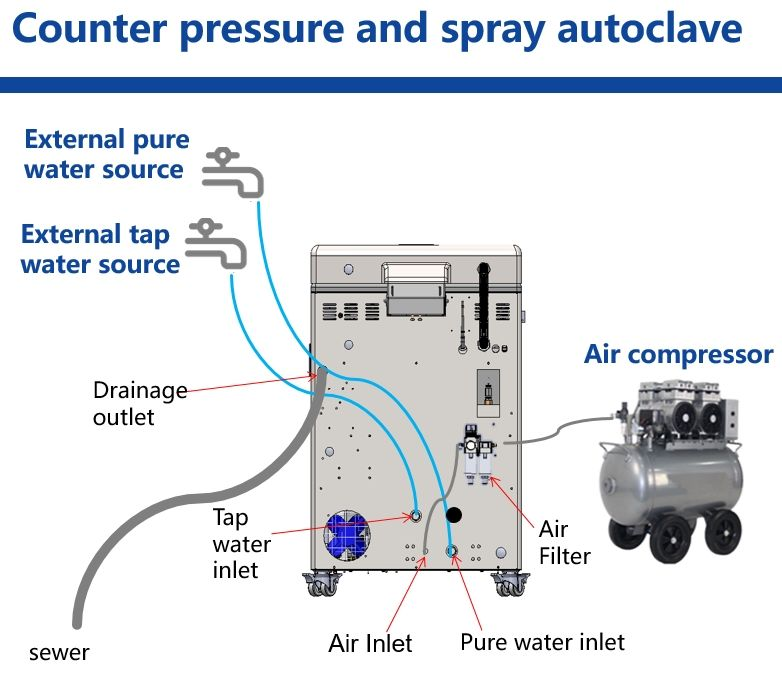
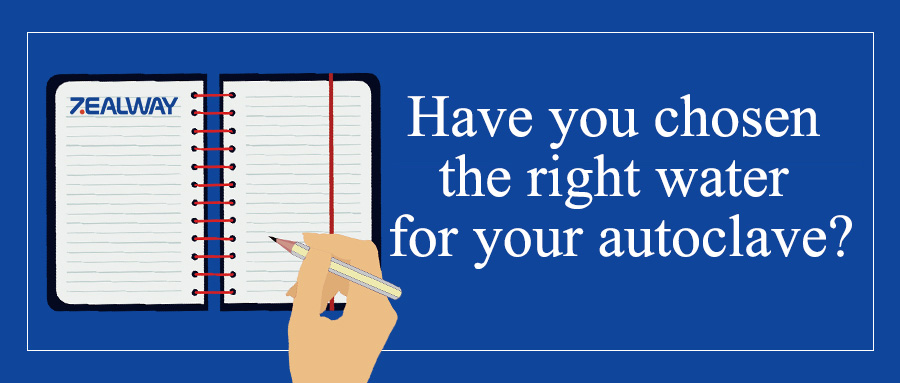
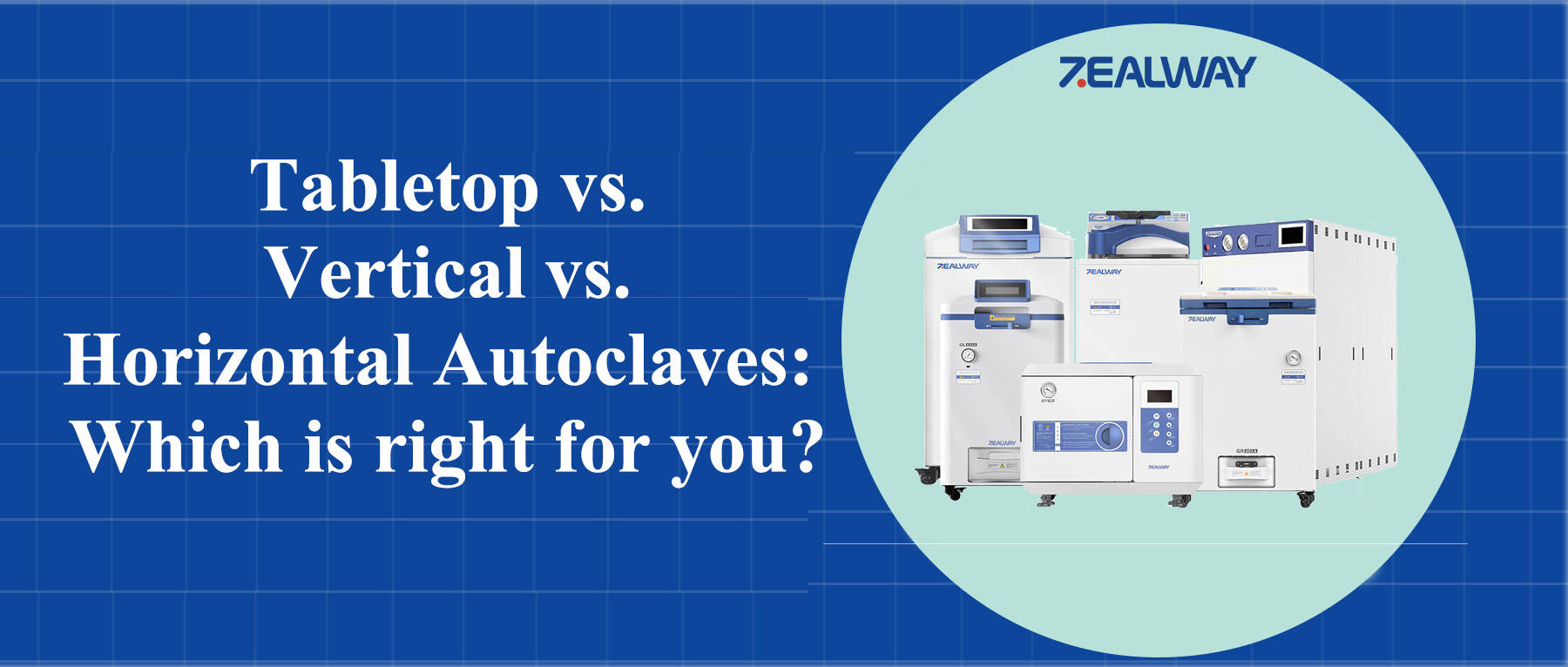



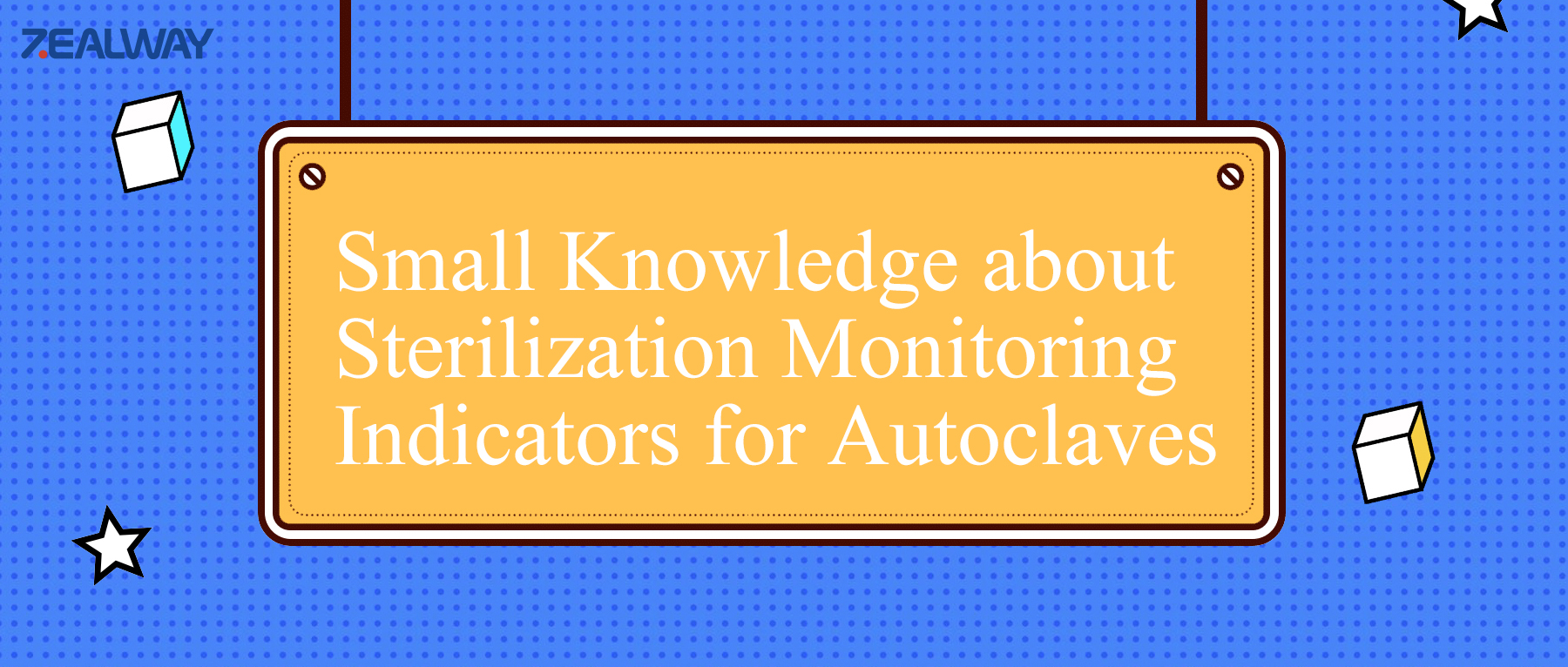


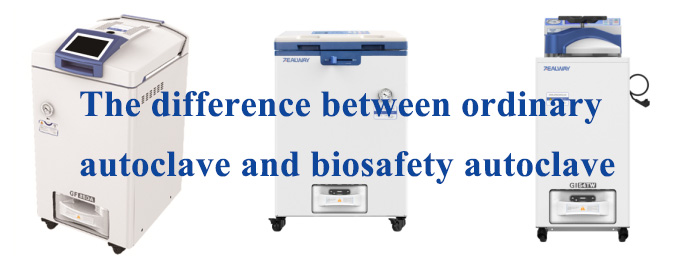


Leave a Reply